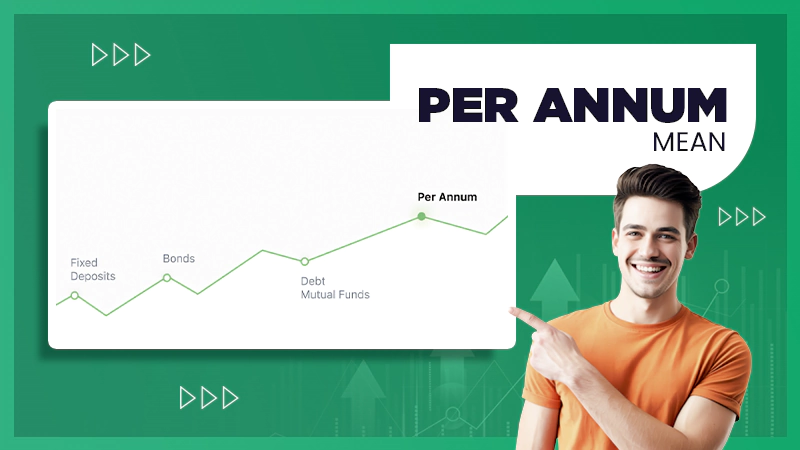
CFD trading lets you profit from market movements without owning assets.
It’s versatile and high-risk, making knowledge vital before you begin. So, learn what CFDs are, how they’re taxed globally, and tips for starting successfully in this guide.
Understanding CFDs and CFD Trading
CFDs (Contracts for Difference) are financial derivatives. They allow traders to speculate on price movements of assets without actually owning them.
You don’t buy the asset itself; instead, you enter a contract with a broker to exchange the difference in an asset’s value between its opening and closing prices.
With CFDs, you predict whether an asset’s price will rise or fall. If your prediction is correct, you earn profits based on how much the price moves in your favor.
CFD trading spans various markets—stocks, commodities, forex, indices—offering flexibility to trade rising or falling markets.
Traders use leverage to amplify positions but must also account for higher risk exposure if trades go south.
How Are CFD Profits Taxed?
Taxation on CFD profits varies by country, depending on local tax laws and how CFDs are classified. Some nations view them as capital gains, while others treat them as gambling or income.
Knowing the rules in your region is crucial to avoid unexpected liabilities. Below, we break down taxation policies in key regions around the world.
Taxation of CFD Profits in the UK
In the United Kingdom, CFDs are generally taxed under capital gains tax (CGT) rules.
If you profit from CFD trading, you may owe CGT on those earnings, subject to your annual tax-free allowance.
Losses can offset profits within the same year or be carried forward to reduce future CGT liabilities.
Unlike traditional share investments, CFDs are exempt from stamp duty because no actual ownership transfers occur.
For professional traders or frequent trades made as a primary income source, profits may instead fall under income tax rules.
Taxation of CFD Profits in the US
In the US, CFD trading is not as straightforward. CFDs are considered illegal for retail traders due to strict regulations by the Commodity Futures Trading Commission (CFTC).
However, U.S. residents trading CFDs through offshore brokers may face unique tax implications. Any profits made this way are typically subject to regular income tax rates rather than capital gains tax.
Additionally, losses can generally offset taxable income within IRS rules.
But since these trades exist outside regulated markets, ensuring compliance with both foreign and domestic laws is critical for traders residing in the United States.
Taxation of CFD Profits in Canada
In Canada, the tax treatment for CFD profits depends on whether you trade as an investor or a business.
If you’re classified as an investor, your profits are taxed as capital gains. This means only 50% of your net gains are taxable. However, if you’re trading frequently and treated as a business, profits are fully taxable under income tax rules.
Losses from CFDs can offset other capital gains or income, depending on how they’re classified.
Canadian traders must maintain accurate records to distinguish personal investment activity from business operations.
Taxation of CFD Profits in Other Countries
Tax treatment for CFDs varies widely across different countries.
In Australia, profits are typically taxed as income if you’re an active trader or as capital gains for passive investors. Losses may offset other taxable earnings under specific rules.
In European nations like Germany and France, CFD profits are often classified under income tax, with rates depending on individual brackets.
Some countries provide allowances or deductions to reduce taxable amounts.
Meanwhile, jurisdictions such as Singapore and Hong Kong often exempt investment gains from taxation unless trading is deemed professional business activity.
So, it’s crucial to find out the specific taxation rules for your specific region before you begin trading CFDs. In the same way, platforms like Rivo show how digital solutions can simplify complex decisions, helping users align strategies with long-term goals.
Getting Started with CFD Trading
Starting with CFD trading requires preparation and strategy.
Begin by understanding the basics, including market analysis and risk management. Research thoroughly to know how leverage works, as it can magnify both profits and losses.
Practice on a demo account first. Many brokers offer free simulations that let you trade without risking real money, helping you build confidence before committing capital.
Choose a reliable broker to ensure fair pricing and secure transactions, too. For instance, the Axi trading platform provides robust tools for technical analysis, transparent fees, and strong customer support.
And set clear goals for each trade—decide entry/exit points in advance to avoid impulsive decisions.
Lastly, start small with your investments while developing your skills over time instead of diving into large positions immediately!
Preparation is key to navigating this high-risk market effectively.
The Takeaway
CFD trading offers exciting opportunities, but understanding its risks, taxation rules, and strategies is essential.
Stay informed, choose trusted platforms wisely, and trade responsibly to maximize potential success!







